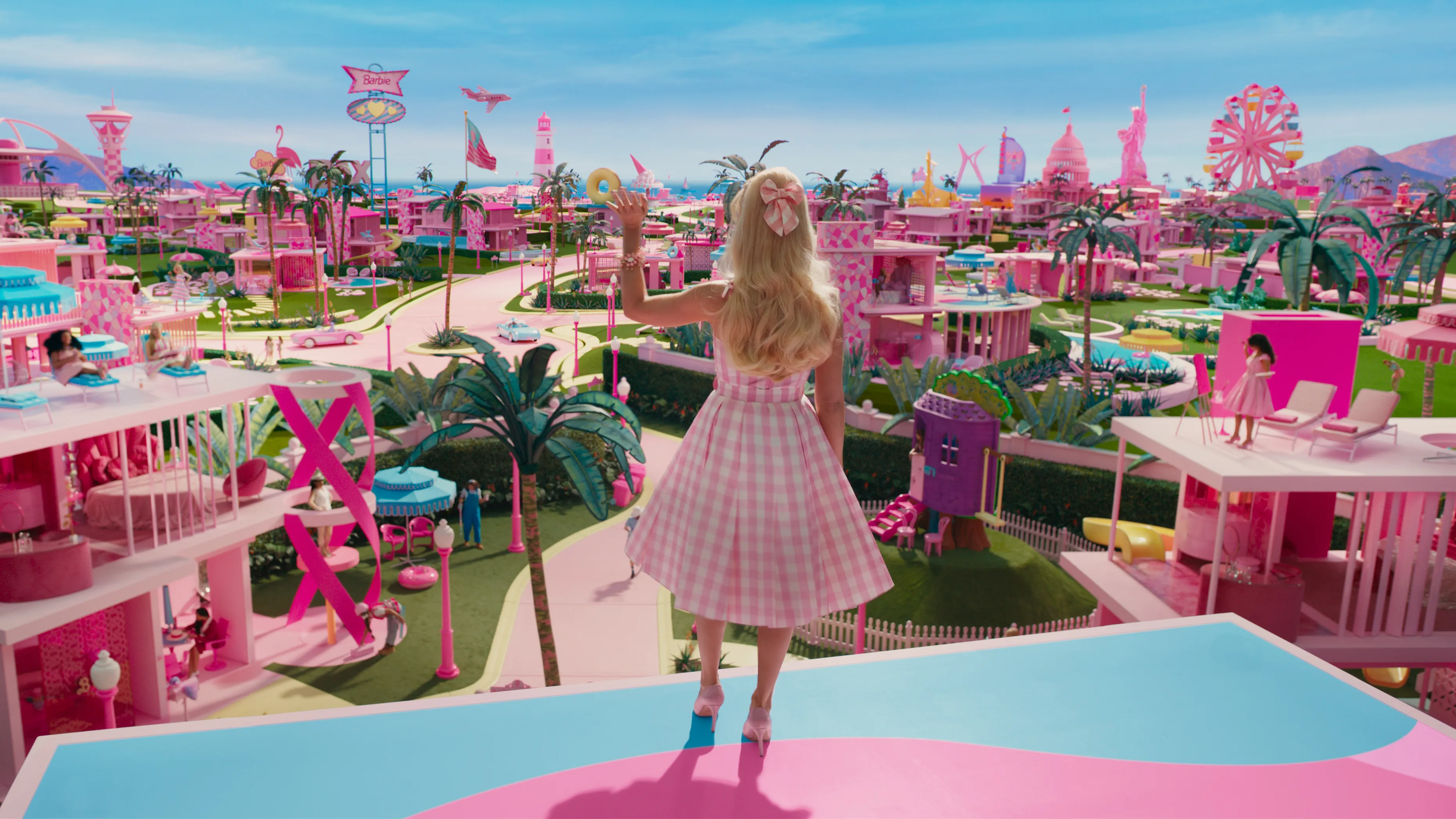Colour correction and colour grading are crucial aspects of video production that can greatly enhance the visual appeal and believability of a video. But what does this step in video production mean?

Colour correction is used to make major changes in the exposure range, contrast levels and/or colours in a video that appears inappropriate or wrong to make an image fit the world in which it takes place. For example, if you film an exterior shot midday in a grassy field the bounce light on a person’s face can be green. Colour correction is removing the green from their face.
Colour grading refers to “making creative alterations to the contrast and colour values so that shots match or to manipulating the imagery so that a special ‘look’ can be achieved.”* For example, using dark and moody or cartoon-like colours.

If you’ve ever used an Instagram filter or changed the brightness, saturation or warmth while editing photos, then you’ve colour graded. You may not have consciously thought of it but there are reasons why applying these different colours make the photo more appealing. A colourist does this for moving footage and it’s their job to be consciously aware of these reasons and to apply them to give the video the desired look.
When it is first exported the footage looks washed out and dull which gives the colourist a blank canvas to work with. Check out the difference between the log footage and the footage after colour grading was added:


When you watch the final product, you wouldn’t even notice that this film had specific colouring but there are subtle choices that a colourist makes to enhance your overall experience.
See the full video below:
Colourists usually work closely with a Director to determine both technical and aesthetic reasons why certain changes should be made. Technical choices like removing green from someone’s face make the audience feel as though this takes place in real life. When you see an inconsistency it takes you out of the world the video is trying to set. Imperfections can also be distracting which takes focus away from the story or message of the video.

Aesthetic changes can be made for a number of different reasons. A main consideration is the mood and feeling you want to evoke from viewers. It’s well known in the psychology world that colours can affect people’s behaviour and mood, so it’s a great tool to use in film and video production. Is this a sad or scary story? Dark colours and high contrast give the feeling of mystery, sadness or fear, so those feelings are heightened when that colour grading is utilized. Our EPIC Health Group promo video example above highlights the importance of health and wellness so the brightness gives the feeling of motivation and hopefulness.
The other main consideration is the style of the video. Colour grading can make a video more enhanced and interesting to draw an audience in. Using vibrant colours is more catchy and is a great tool to use in advertising so viewers are engaged. Sometimes cool colour choices are just more engaging and memorable. Like with the 2023 Barbie film.** The bright colours definitely add to the “perfect” world they are set in and give a feeling of joy but it is also just very visually appealing and keeps you captivated.

This can be really useful in the world of commercial video production. The colour and style of a commercial, promotional video or marketing video can establish your brand identity. Colour grading can be used to create a consistent visual style and colour palette for a brand, enhancing the brand’s visual appeal and identity. A consistent colour design can help to establish brand recognition and recall, making it easier for a viewer to identify a brand’s content.
Whether the changes are subtle or extreme, colour correction and grading are incredibly important steps in production for correcting practical elements, establishing the tone and style of the video, and elevating the overall viewing experience.
Looking for a production company for your commercial or promotional video? Contact 5 Gear Studios today!
Sources:
*Thompson, Roy., Bowen, Christopher J.. Grammar of the Edit. United Kingdom: Taylor & Francis, 2017.
**Photo by Courtesy Warner Bros. Pictures/Courtesy Warner Bros. Pictures - © 2022 Warner Bros. Entertainment Inc. All Rights Reserved.
